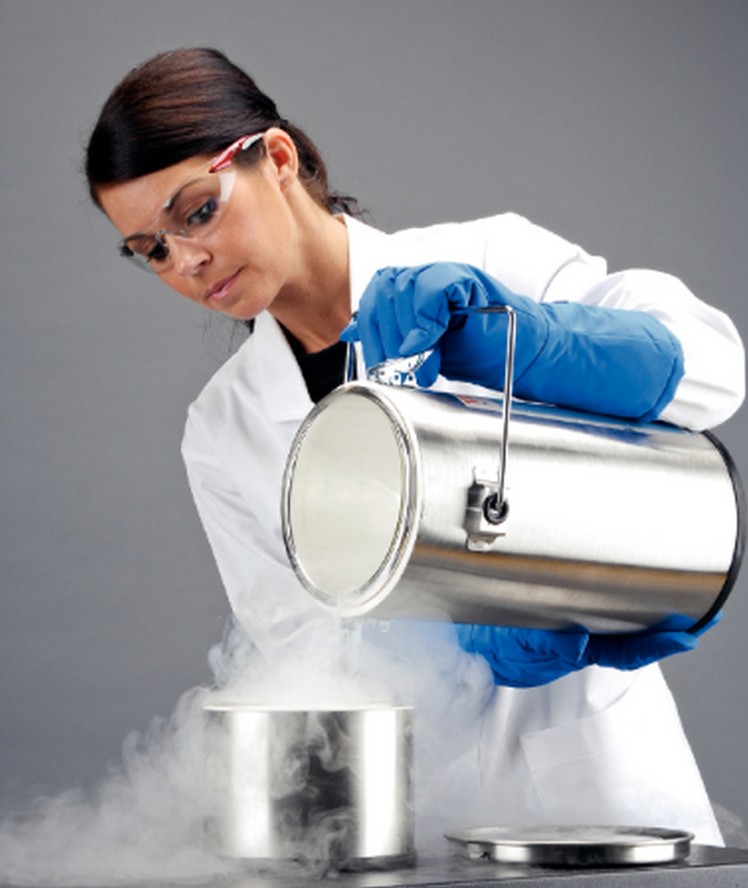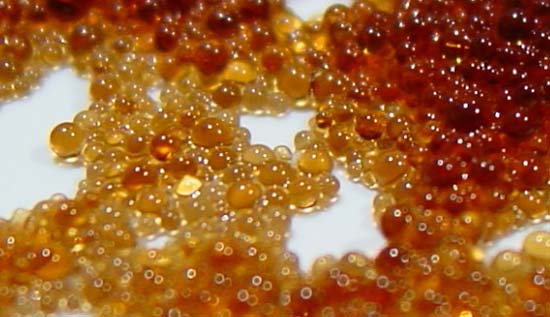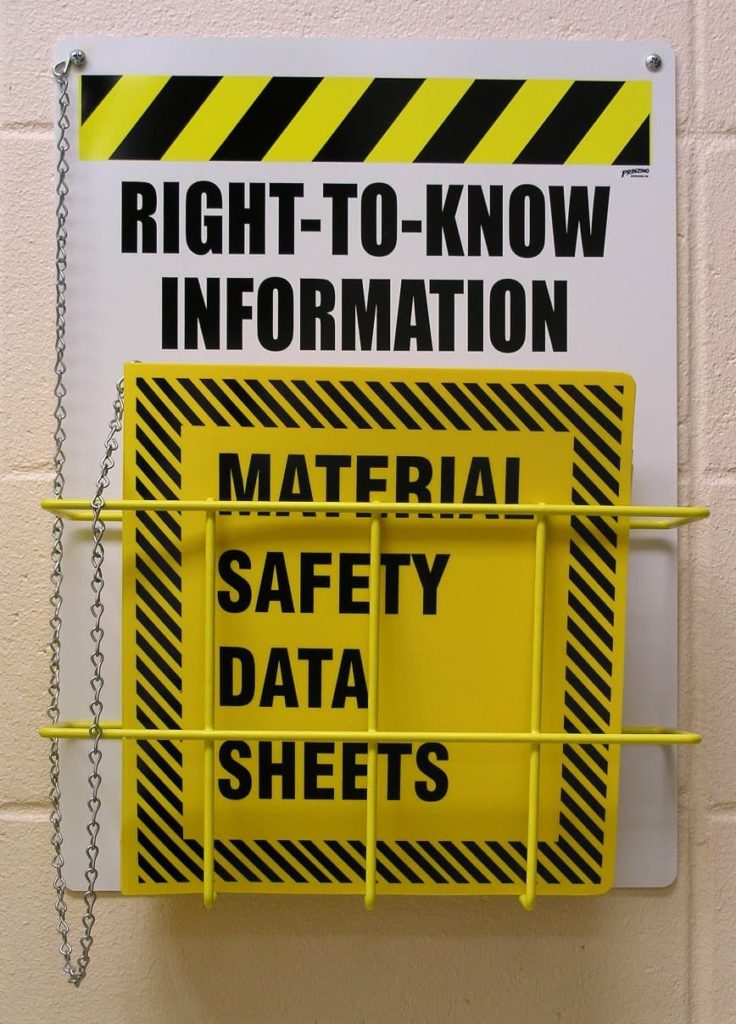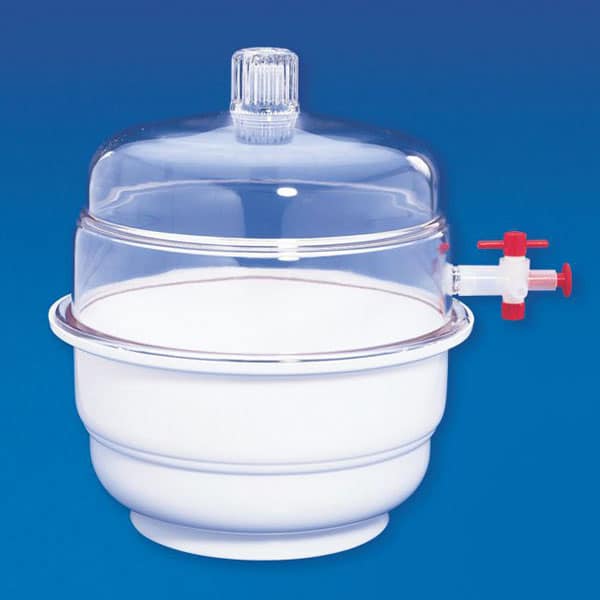Safe handling practices for laboratory Cryogens


Cryogens are essential requirements in research and analytical testing laboratories . They help improve the sensitivity and resolution of some analysis techniques to levels which are not achievable at room temperatures. However, there are some hazards associated with their use. Some safe handling suggestions are provided in the current article which will help avoid laboratory mishaps.
Transportation
Liquid cryogens require special handling during transportation from manufacturing site to the laboratory.
- The dewars should be vacuum lined to prevent heat exchange with surroundings to minimum
- Transport vehicle should have sound suspensions and the transporter should arrange for racks with rubber suspensions to minimize vibrations. The driver should be advised to drive with special care when approaching potholes or speed breakers
- As far as possible use low floor transport vehicles so that need for lifting the containers overhead can be avoided while loading and unloading. The transport personnel should be informed of the hazards associated and advised to wear gloves and other protective clothing while handling the containers
- Laboratories using cryogens should provide separate service lifts and the unsealed containers should not be transported to different floors in common lifts.
Storage
- Cryogens, especially liquid oxygen, should be stored away from hazardous and combustible chemicals in well ventilated store rooms
- The storage vessels should be provided with pressure relief valves
- Whenever possible install a dehumidifier in the cryogen store room to prevent blockage of openings of containers due to ice formation by moisture present in air.
- Install oxygen monitors with sound enabled alarms in cryogen storage rooms so that in case of accidental leakage the resulting depletion of oxygen levels is monitored and speedy eviction becomes possible.
Personal protection
All parts of the body need to be protected from harmful effects of cryogens.
Hands
- Rubber gloves are not suitable as on contact with cryogens they become hard and brittle. In addition to burns and frostbites your finger and hand movement can get severely restricted due to hardening of such gloves. Loose fitting leather or other suitable gloves should be preferred so that they can be removed and thrown away immediately on accidental exposure to spills
- In case of accidental exposure do not put your finger or thumb in mouth as it will severely burn the tongue and tissue inside the mouth
- Do not try to pull away stuck fingers from exposed surface as your skin will stick to the cryogen and tear in the attempt.
Face and eyes
- Full cover face shields and appropriate safety goggles are effective protection from liquid splashes
- The dewar should not be overfilled (not beyond 60 – 80 percent) level and avoid bending your head over the opening during filling operation. Best is to use automated transfer lines
- Ensure that pressure relief valve is installed on the container and ice formation does not take place inside the cover
Body protection
- Always wear closed toe leather shoes. Open sandals or slippers should not be worn when working with cryogens. Sneakers should also be avoided as they will absorb the spilled cryogen and cause severe foot injuries
- Full body protection should be worn which should be a full length apron made of leather or some other non-absorbing material
- In case of accidental spillage evacuate the affected areas because oxygen level depression can lead to fatal asphyxiation
- The affected body part should not be rubbed as it can result in further damage and peeling of damaged tissue
- The lab should have provision of warm water shower. Remove the victim’s affected clothing and make him or her stand under the shower and arrange for expert medical help. In the meantime cover the exposed area with sterile bandage to prevent infection due to air exposure.
Liquid cryogens are no doubt hazardous materials but it does not not imply that their use should be restricted or banned but care needs to be exercised in their use and handling.





your programmes are quite educative but is it possible to organize a sponsored one or two week training in laboratory management and safety